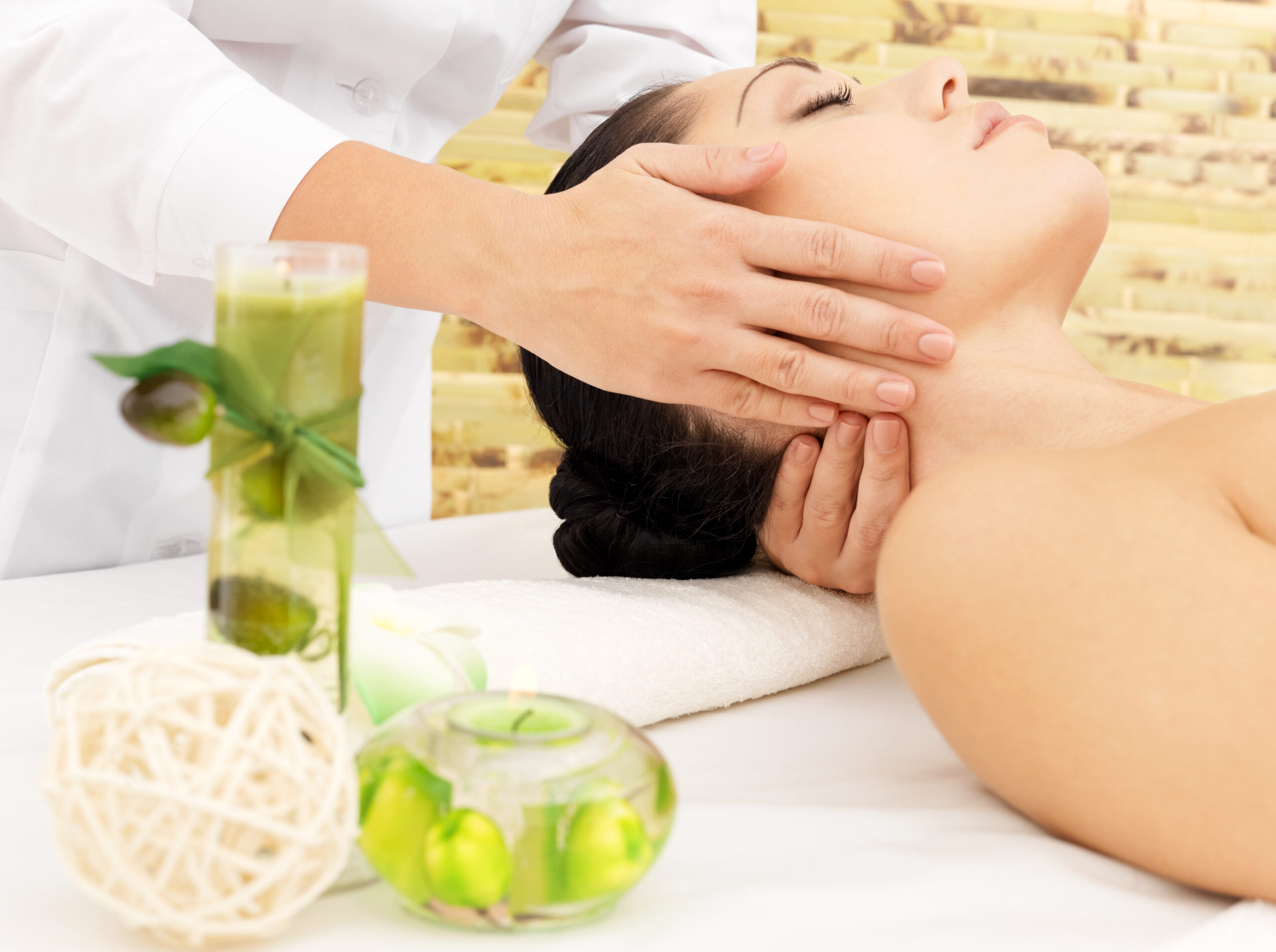We’ve been living in a world where most of the time is spent sitting, especially in front of our computer screens and workspaces. With time the movement is reduced and hence disorders and diseases make way into the body.
One of such disorders is Cervical Spondylosis, also known as osteoarthritis of the neck. It happens generally in old age, however, due to lifestyle changes it is observed that about 25% of people under the age of 40 and 50% of adults over 40 show some evidence of disk degeneration. Some people are more susceptible to this condition such as:
- Those with Heredity/Genetic disorder
- Those with Digestive Disorders
- Those who maintain poor posture
- Weight lifters
- IT professionals or those who sit for prolonged hours
- Those affected with hormonal disorders such as hyperthyroidism, hypothyroidism, PCOD, PCOS, or other auto-immune diseases.
The Cervical Spondylosis affects inter-vertebral discs of the Cervical Vertebrae. The cushioning effect in between the vertebrae is given by a spongy gel-like substance between them. The causes that might lead to Cervical Spondylosis are:
- Dehydration of discs leading to bone to bone contact that results in pain.
- Disc in the vertebral space may cause compression in nerve roots, thus resulting in numbness,pain, and disability.
- Abnormal growth of bony structure may lead to pain as it comes in contact with the spine or nerve root.
In such cases, alternative medicine such as Ayurvedic treatment can prove effective in the long run, focussing on holistic wellness. Ayurveda considers Cervical Spondylosis as an imbalance of “Vata”.
Herein CervicalSpondylosis, Vata along with Kapha imbalance results in stiffness of the neck, causing pain and discomfort. The “Vata” element increases in the body to make the vertebrae become dry and rough, thus resulting in degeneration, while Kapha causes stiffness in the vertebrae.
A person may observe the following symptoms in case of Cervical Spondylosis:
- Cervical pain during movement
- Pain radiating to lower back
- Stiff neck and shoulders
- Pain in neck, shoulders and upper arms
- Dizziness during sudden movement of head
The doctor might diagnose the case of Cervical Spondylosis through a CT Scan, MRI or an X-Ray of Cervical Spondylosis. In many cases blood tests are conducted to check if there’s any hormonal imbalance and/or auto-immune disorders.
In Ayurvedic treatment for Cervical Spondylosis, efforts are made by the Ayurvedic doctor to restore bone health, strength and rehydrate the bones. Other procedures such as Panchakarma therapies are prescribed in addition to lifestyle changes, dietary changes, incorporating yoga and lifestyle management.
In order to control Vata and Kapha, Nyasa as a therapy is used to stimulate the brains, thus opening olfactory pathways and working on proper functioning of nodal points and glands such as thalamus, hypothalamus, hippocampus, amygdala.
Also, a combination of medicinal pastes, herbs and medicated powders are prescribed by the Ayurvedic doctor to reduce inflammations, Ghee and Guggulu are applied to cure any kind of condition of Arthritis and Cervical Spondylosis, relief is provided to the patient by anti-inflammatory and anti Arthritic properties present in these ingredients.
It must be taken into consideration that a patient must not undergo any vigorous massage asit might worsen the condition, however, abhyanga massage can be used gently to relieve from pain of Cervical Spondylosis.
Some simple activities that can be done by the patient are:
Rotating neck clockwise and counter clockwise in very slow motion.
Yoga Asanas might help ease the pain and stiffness. Some of the asanas of help are Bhujangasana and Matsyasana.
Dietary changes must be done during Ayurvedic treatment of Cervical Spondylosis.The patient must incorporate food rich in protein and Vitamin D such as milk to improve bone health. Green leafy veggies and ghee must be incorporated for better immunity and remove any dryness and degeneration in the body, as Ghee is known to repair and heal a body naturally. Those who can eat non-veg must consider fish and meat to improve bone density and muscle strength.
A few precautions to be taken during Ayurvedic Treatment of Cervical Spondylosis are:
- The patient must avoid lifting any weights or carrying out activities producing strain.
- One must not stay in sitting posture and avoid poor posture for long.
- Keep the body hydrated.
- Only light exercise can be done, one must avoid heavy weight training.




